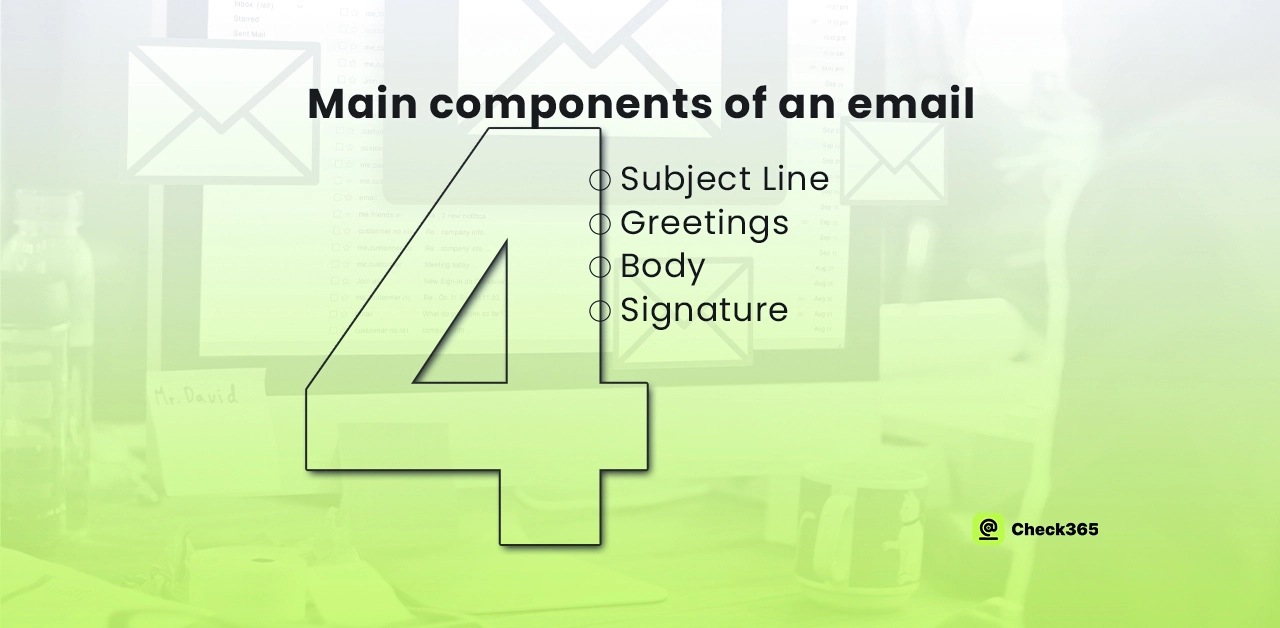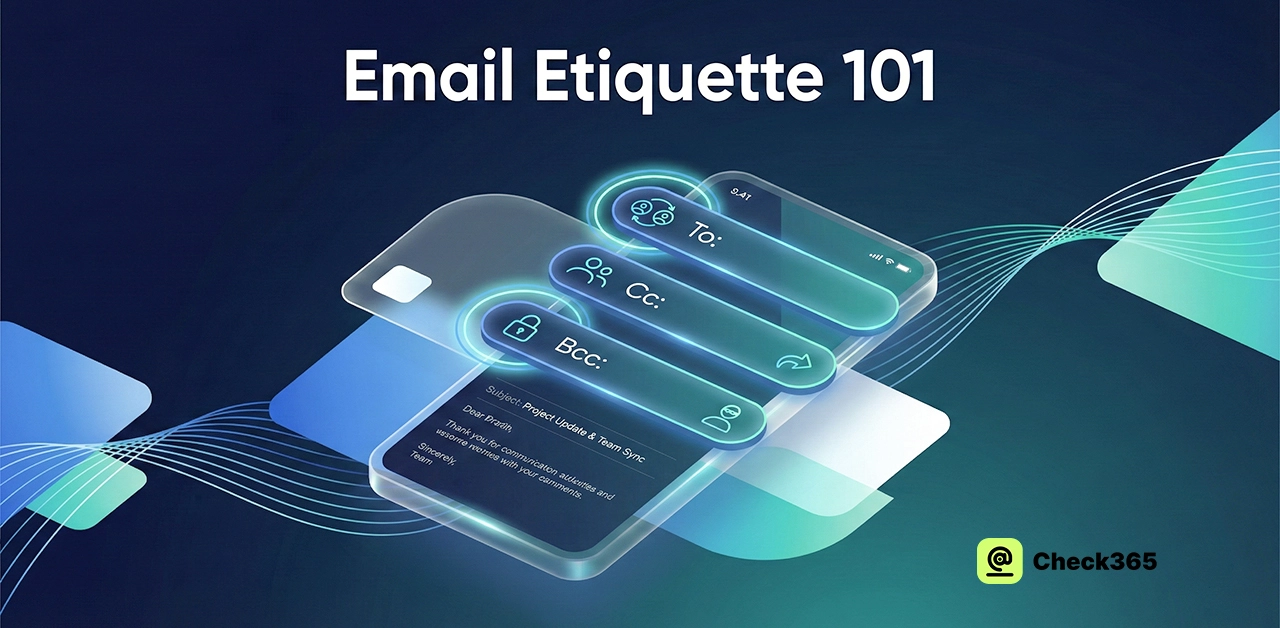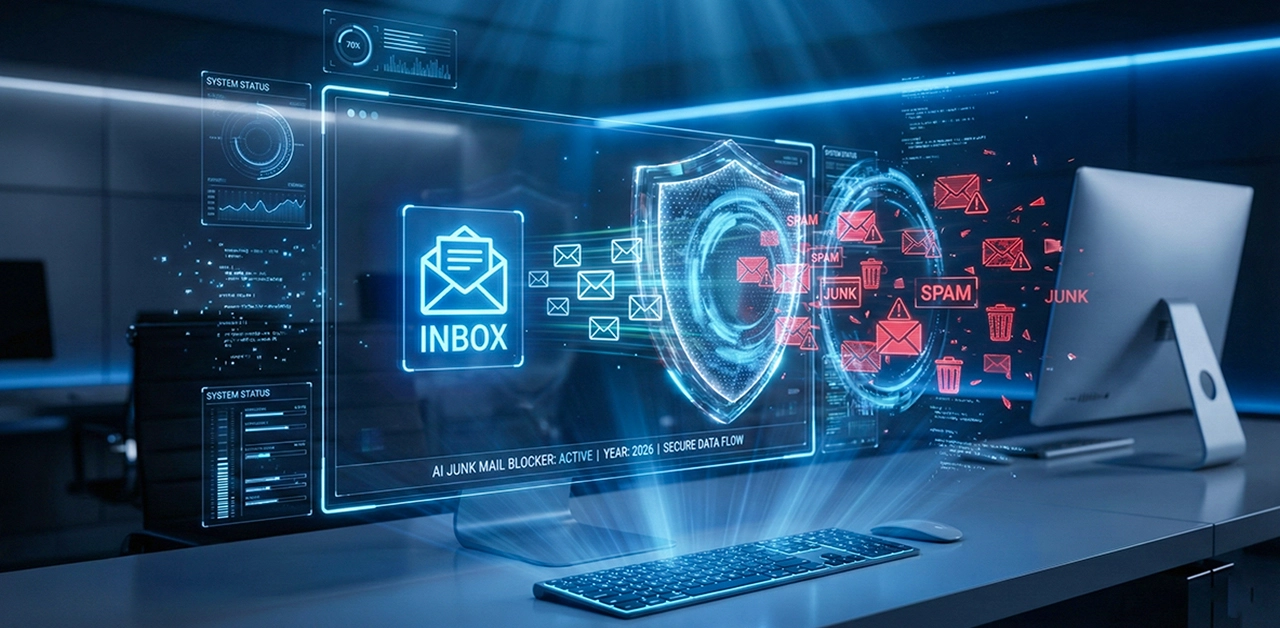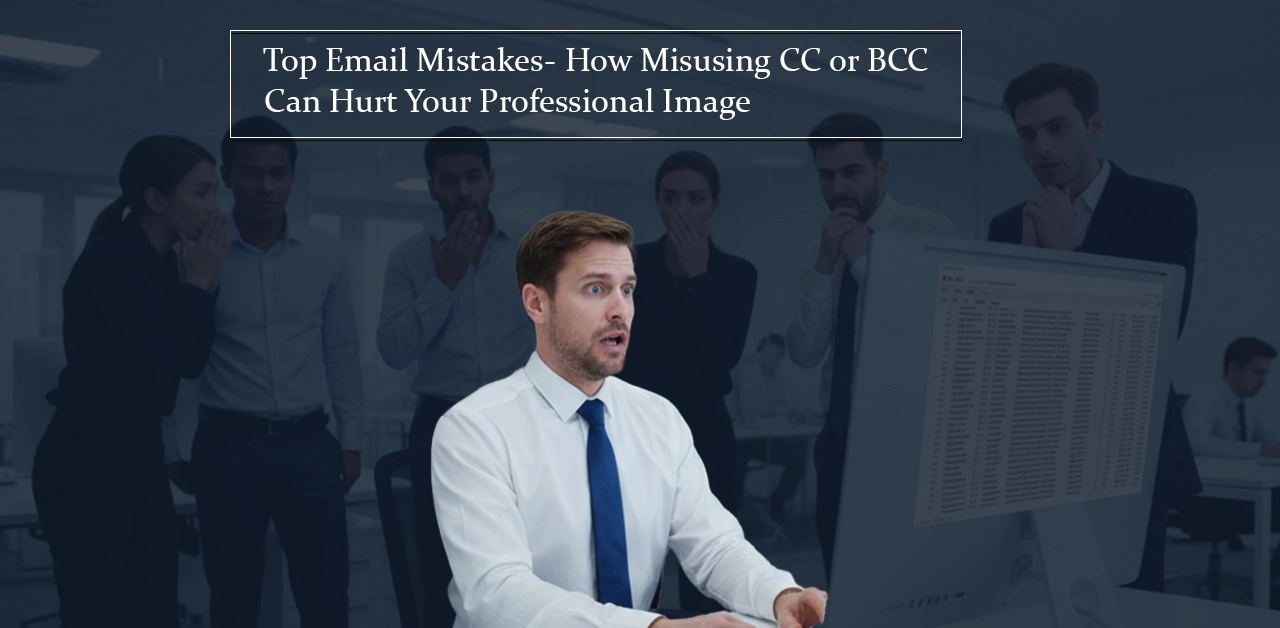Modern business relies heavily on email for communication. It is essential to make sure that your emails get the point across clearly since digital communication is becoming more and more critical. We'll talk about the four most important parts of an email that you need to pay attention to when writing your message.
What Are The 4 Main Parts of an Email?
Email components are the parts that make up an email. Each part has a specific job to do and helps the message's general functionality and effectiveness. Why bother breaking down the parts of an email? Well, having a complete understanding makes sure that your words are well-organized and get the point across clearly, which leads to good communication.
Subject Line- Get The First Attention of Your Reader
The subject line is the first thing the person receiving your email will see. It is essential that the subject line of your email gets people's attention and is related to the content of the email. A good subject line is short, clear, and full of helpful information. This should make it clear to the person what the email is about.
Also, the subject line should be written to make the message sound important without becoming spam. It's also not a good idea to use all capital letters or a lot of punctuation in the subject line; it might look sloppy.
Greetings- Start with Proper Salutation
What you say at the start of your email is called the introduction. What kind of greeting you use should depend on how well you know the person. When you write to a business partner or someone you don't know, use a formal greeting like "Dear Mr./Ms. [Last Name]." The more relaxed "Hi [First Name]" can be used when writing to a coworker or someone you know well.
Ensure the recipient's name is spelled correctly and that the greeting is appropriate for their gender. A unique greeting can also help you connect with someone and make them feel important.
Body - Your Main Email Part
You can write what you want to say in the body of the email. It's essential to keep the body short and to the point. A well-written email should have a clear beginning, middle, and end.
Quickly explain why you're sending the email and what they can expect to find in the body in the beginning. Then, include the facts that back up your message in the body, and end with a clear call to action.
It's also essential to ensure that the email's tone and wording are right for the person reading it. Don't use slang or scientific terms that the person you're writing to might not understand. Use straightforward English and avoid sentences that are too hard to understand.
Signature - End With a Professional Tone
At the end of the email, in the salutation, it is important to sign off and provide your contact information. Your full name, job title, and contact information, like your email address and phone number, should all be in a well-written signature.
Also, you should include a design in your email signature that looks professional and represents your brand or business. A unique name can help people remember your brand and make your emails look more professional.
What Are The Interactive Elements In an Email?
To leave a memorable and impressive user experience, you need to stand out in the email inbox. Putting engaging parts in emails is the primary way to do this.
Interactive elements, as the name suggests, are things the user does that make something happen, making them stay or read without leaving the email. Adding interactive parts to your emails can make them much more enjoyable.
This way, people can respond to emails from within them without going to a different website. This could increase the number of clicks, sales, and happy customers in general.
What are an email's interactive components?
- Buttons: These are clickable links that can confirm an account or a reservation.
- Forms: These built-in forms let people send information from within an email.
- Carousels: Interactive sliders for photos or content that let users see and interact with several images or messages.
- Accordions: Expandable passages of text that, when clicked, display more details.
- Polls or Surveys: Polls or surveys that are built into an email and let people answer questions or give comments.
- Embedded Videos: Videos that can be played straight in the email.
- Countdown Timers: These are timers that indicate the approaching date or event. During sales, these countdowns are very helpful.
You can make an email dynamic in any way you want. These can be quizzes, accordions, anchor tags, search bar entries, submissions for review and ranking, and more. Interactive features are helpful in many ways, but you need to use them wisely so that they don't overwhelm the people who receive them. They need to fit with the goal of your email and make it easy for people to use.
What is the part where we say 'regards' in an email?
It's called the ending or sign-off when we say "regards." This is where you end the email nicely and say thank you. You usually sign off with your name. "Sincerely," "Best regards," and "Respectfully" are all examples of sign-offs.
What is the domain part of an email address?
The domain part of an email address comes after the "@" sign and stands for the company or service provider that handles the email account. For example, "user@domain.com" has "domain.com" as the domain.
Why do I need to verify my email address?
Email verification checks and confirms emails you've been sent to ensure they are authentic and will likely lead you to a real person (or at least a real business email account). It is essential for your email marketing campaign so that your emails will not go to a blocked account. You can do this by using email verification tools. Some tools offer signup with free credit, so you can understand the features.




